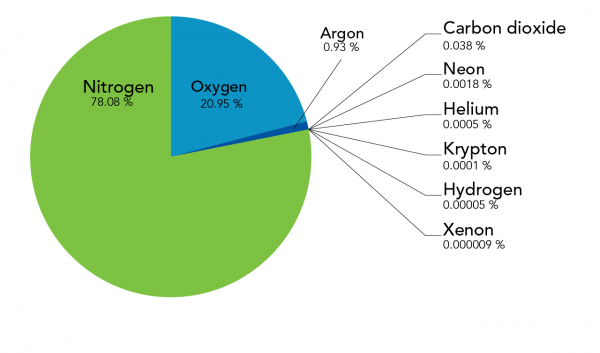Is There Too Much Carbon Dioxide in Your Classroom?

These students seem to be having some trouble concentrating in class (Goldfaery, iStockphoto)

These students seem to be having some trouble concentrating in class (Goldfaery, iStockphoto)
6.89
How does this align with my curriculum?
Curriculum Alignment
BC
12
Anatomy & Physiology 12 (June 2018)
Big Idea: Organ systems have complex interrelationships to maintain homeostasis
YT
12
Anatomy & Physiology 12 (British Columbia, June 2018)
Big Idea: Organ systems have complex interrelationships to maintain homeostasis
BC
11
Earth Sciences 11 (June 2018
Big Idea: The transfer of energy through the atmosphere creates weather and is affected by climate change.
NB
12
Sciences de l'environnement 12e année - 54411 (version 2007)
4. Air et pollution atmosphérique
YT
11
Earth Sciences 11 (British Columbia, June 2018
Big Idea: The transfer of energy through the atmosphere creates weather and is affected by climate change.
ON
11
Environmental Science, Grade 11, University/College (SVN3M)
Strand B: Scientific solutions to Contemporary environmental Challenges
